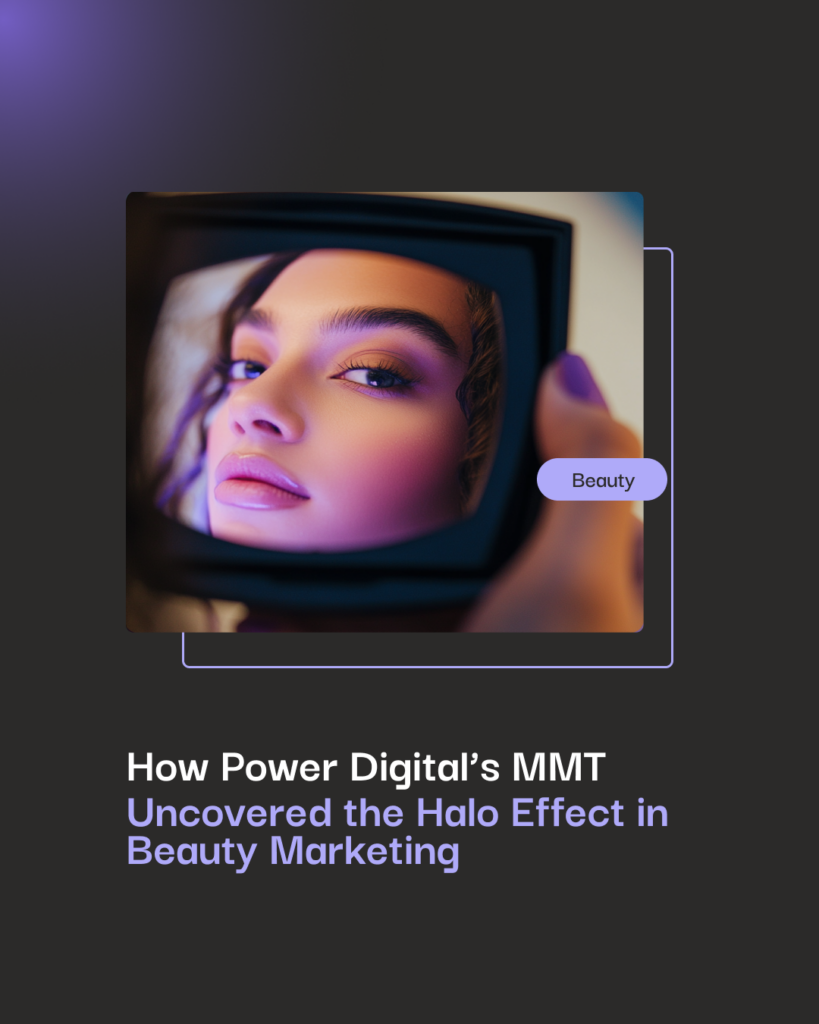Building & Maintaining Effective Business Relationships: A Helpful Guide

Cultivating, maintaining, and nurturing business relationships is considered one of the most valuable skillsets someone can have. Similar to building a home, building business relationships takes time… and a whole lot of energy!
However, the outcome is almost always worth the effort. Not only will these relationships take you farther as a businessman (or in our case businesswoman), but they will push you to be an overall better person.
When it comes to business, there are five main relationships that are critical to your success. Below, we highlight these relationships and provide some helpful tips for cultivating, maintaining, and nurturing them over time. Let’s get started!
Coworker Relationships
Nurturing coworker relationships can be difficult. Some people, those that might consider themselves a bit more introverted, might have to push themselves to step out of their comfort zones to establish impactful relationships with co-workers. What shouldn’t be forgotten is that some companies have hundreds of co-workers.
You might ask, what do you do then? It’s important to identify the top ten (yes ten) people you work most closely with or want to learn more from. Don’t silo yourself by picking only a couple of people at work to get close to, make sure you have an arsenal of people at your fingertips to constantly be learning from, both personally and professionally.
Related: Tips for Managing Relationships in the Workplace
You might be wondering how to do this. You need to make the effort. Don’t wait for someone to ask you a question. Find a mutual interest, a tip to share or a fun fact to start the conversation and instigate a lasting relationship.
One key note to remember about disclosure is that it is often only reciprocated when the other person reveals the same amount of detail. This balance is only achievable when there is a mutual reveal of information and motivation to get to know the other person more.
You might be wondering, how do you make this effort?
Here are a few quick tips:
- Go out of your way to say thank you. Having the mindset to appreciate your coworkers will not only foster a more positive relationship with them, but will also keep you more motivated to work harder so others appreciate you like you do them.
- Listen. Sometimes listening might seem like you are playing more a “behind the scenes” role, when in fact listening can be one of the hardest things to do, and often the most appreciated things. Let you coworker reveal what’s on their mind. Listen with intent and respond with thoughtful questions to ensure them that you are engaged and genuinely concerned. It’s a lot harder to listen with intent than hear what is being said. You owe it to your coworkers to practice being a good listener. Start with them!
- Be accountable. Commit to your work and the deliverables you owe your coworkers. Don’t simply get your work delivered on time, but deliver your work with 100% accuracy and top notch quality.
- Be transparent. If someone wasn’t satisfied with the way you were conducting business, wouldn’t you want to know? Obviously! Transparency comes down to the Golden Rule: Treat others the way you want to be treated. Nobody likes being kept in the dark – especially your coworkers! Tell them how you feel often and early to ensure a smooth, transparent relationship.
- Understand what motivates others. Perhaps it’s verbal recognition, or maybe it’s seeing hard data showing success – whatever the channel, it is important to recognize and understand what motivates your coworkers. This way, you know exactly how you can work with them to produce excellent work and exactly how to show your appreciation once the work is complete.
Managing Up And Down
As a manager, one of the qualities of my teammates that stands out the most is their ability to manage-up. This means identifying areas where I need bandwidth and offering solutions, being critical with my work and respectfully offering feedback. A great employee does everything they can do to make their superior’s lives easier.
This doesn’t just mean in a work environment. Don’t be afraid to ask personal questions. Often, people misunderstand the tight-knit relationship between personal emotions and work emotions. Most managers have trouble differentiating between the two, so when an employee is able to manage-up and address issues both inside of work and outside of work it goes a long way.
Another quality that is very respected in a work environment when managing up is being direct. What can cause the most conflict and anxiety in a work environment is direction that isn’t direct and potentially misunderstood. This goes for any type of management: up, down and lateral.
Related: Engaging Millennials in the Workplace
Managing down is often considered the easier of the two since there are usually already preconceived expectations between manager and employee. A best practice when managing down is to lend the opportunity for open communication. At Power Digital, we hold one on one conversations every other week. Quick check in text messages and a questions throughout the day help stimulate this type of relationship and allows for a healthy relationships to develop.
We know what some of you are thinking – of course it’s easy for a department head or manager to explain the importance of managing up. After all, you’ve already gained respect from your superiors – otherwise you wouldn’t be in a management position.
…Well we’re here to debunk this myth! While it may seem like the only people in the company that can speak up or challenge authority are those in authority positions themselves, it couldn’t be further from the truth!
You were hired for a reason. Your expertise and knowledge in your particular specialty are unparalleled! Don’t underestimate yourself. If you notice that a superior is making a big mistake when it comes to strategy, don’t be afraid to point it out! What’s the worst that can happen? The two of you get into a lively debate about a topic that you are passionate about? If you ask us, that actually sounds pretty fun.
But managing up doesn’t only apply when it comes to strategy, it also comes into play when you don’t particularly like how business is being conducted internally: whether it be your manager not being as organized as they should be or micromanaging you a little bit too much. We can’t stress this enough: TELL THEM! Not only will they most likely be appreciative of your feedback but it will strengthen your relationship – allowing both of you to be the most successful versions of yourselves.
Client Relationships
It’s hard to say which is more important, client relationships or employee relationships. At Power Digital, the client is a major priority, sometimes to the point where employees are bending over backwards to garner results. With that said, a great account manager (the most client facing employee on the team) has a clear process and finesse when interacting with clients.
What does this “finesse” look like?
- Go out of your way to predict what the client is going to ask, and already have answers to those questions. This type of prediction or preconceived knowledge is often considered emotional intelligence.
- Create an agenda. This agenda isn’t necessarily to keep the client organized, but to keep yourself and most importantly your team organized. If your team is scattered, then you won’t see results, the client won’t be pleased and you will likely lose the business.
- Be extremely transparent and do what you can to receive the same type of transparency from your client. This might look like asking hard questions to your client, maybe regarding the bigger picture or about financials. This transparency might also look like you and your team owning up to a mistake or taking responsibility for an issue.
- The best account managers are those that stay positive. Smile while you are talking on the phone. You’ll be surprised how this smile is actually translated through your inflection and tone of your voice. Don’t be afraid to be animated on calls. The most energy you have while you are communicating with a client, whether on the phone, over email or in person the more they will see you aren’t just applying your knowledge but also investing your emotions into the account. The most the client feels you contribute the better response they will have where there might be moments of honesty.
Consumer Relationships
Arguably, the most important relationship to understand is the one you have with your consumer. This means the end user or converter. In any relationship you have to understand the depth or amount of disclosure you’ve already achieved and identify clearly (without hesitation) exactly who you are speaking to.
The latter is significant because even a single generalized detail that could be customized is a lost opportunity. For example, when creating an email funnel one, of the first fundamental steps is identifying your segment or persona you are trying to reach. If you don’t spend the time catering your message to that particular audience, you are wasting your time, your client’s money, and the end user’s respect for your brand.
Related: 9 Deadly Sins to Avoid as an Account Manager
If you don’t fully understand these fundamental details about your customer, you will let your coworkers and your clients down. You might be asking how do you get to know your audience. Do your research. An often misunderstood and overlooked step in a campaign is spending the hours (yes hours) doing the research you need to fully understand your audience, the subject matter you are sharing about and the landscape of the industry.
Industry Relationships
Millennial this, millennial that. Why is all this talk about the millennial going viral this year? Probably because we are entering the workforce at full speed, arguable threatening the baby boomer generation with our tech savvy ability to make decisions off of statistics.
What millennials or Gen Z-ers sometimes misunderstand is that as we dive full force into competitive industries we might bring a plethora of technical and digital experience, but we are missing the industry relationships these baby boomers bring to the table.
How do we combat that? Here are a few ideas:
- Remember your “top ten?” Take them out for coffee or lunch! Avoid getting all date-y if at all possible, but soak up as much knowledge as you can. Listen to them and also come prepared with some ideas that might be able to support them in their efforts. The key here: be prepared and prepare to help them. Don’t expect anything in return but take the time to learn.
- Be the person in your office that goes to things. When I say things I mean industry events, award ceremonies, birthday parties. Any environment that will establish you as a leader who appreciates the company enough to be involved and to network. If you think about it, it’s a win/win. You get to build rapport within your company but also meet people in your industry that could one day take your career to an ever higher level. That person or people you meet could teach you your most important lesson in like. The point: you never know and making an effort to attend these events will set you apart.
- Find your person. Not necessarily your soulmate, but your person that you turn to discuss ethical, financial and even personal issues. This person should be someone you trust and has proven to provide valuable information that you can rely on. Make an effort to go above and beyond with one of your ten relationships so you know you have that extra support.
As you can see, there are a variety of different relationships that can be cultivated, maintained, and nurtured in business. From coworkers to clients to consumers, each relationship is critical to your success as a businessperson.
Although it can sometimes be easy to forget or put on the backburner, nurturing these relationships is the key to success.
Our Editorial Standards
Reviewed for Accuracy
Every piece is fact-checked for precision.
Up-to-Date Research
We reflect the latest trends and insights.
Credible References
Backed by trusted industry sources.
Actionable & Insight-Driven
Strategic takeaways for real results.







